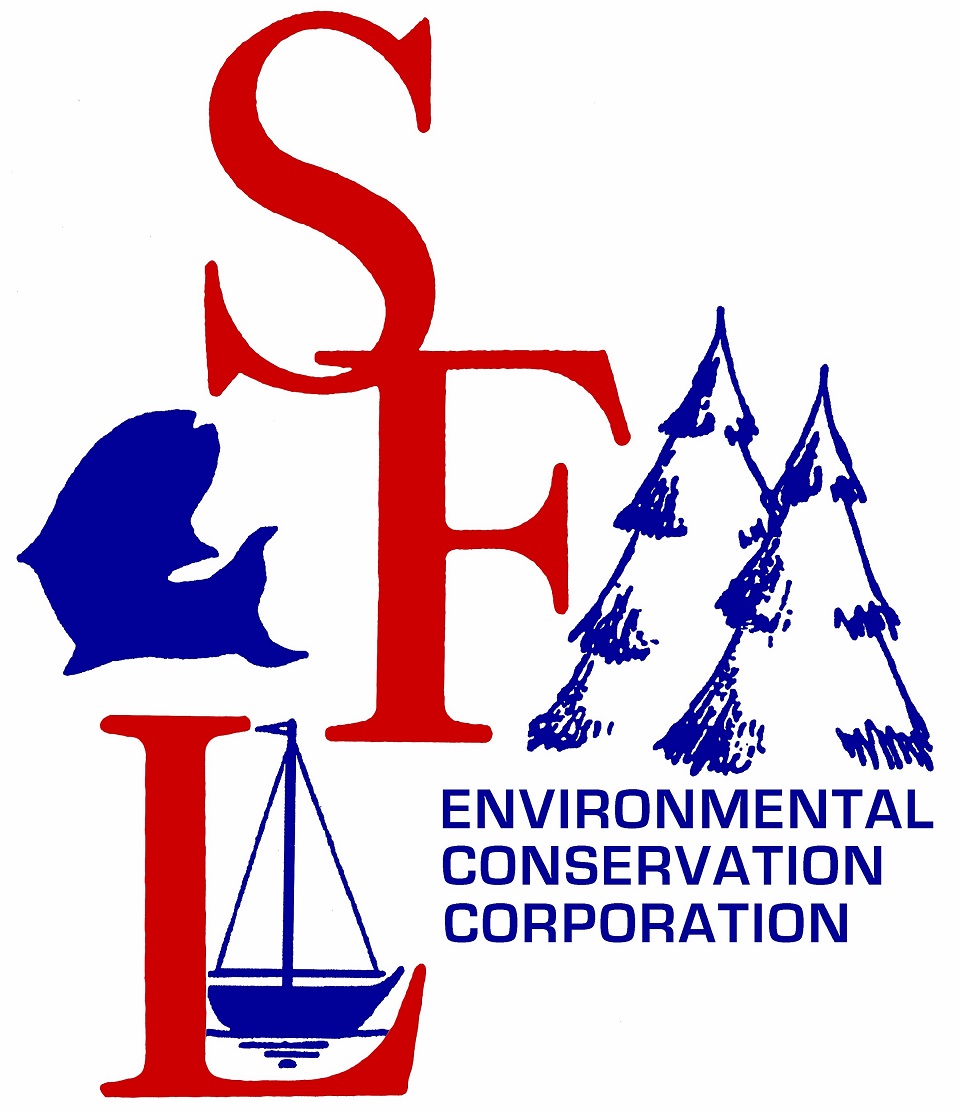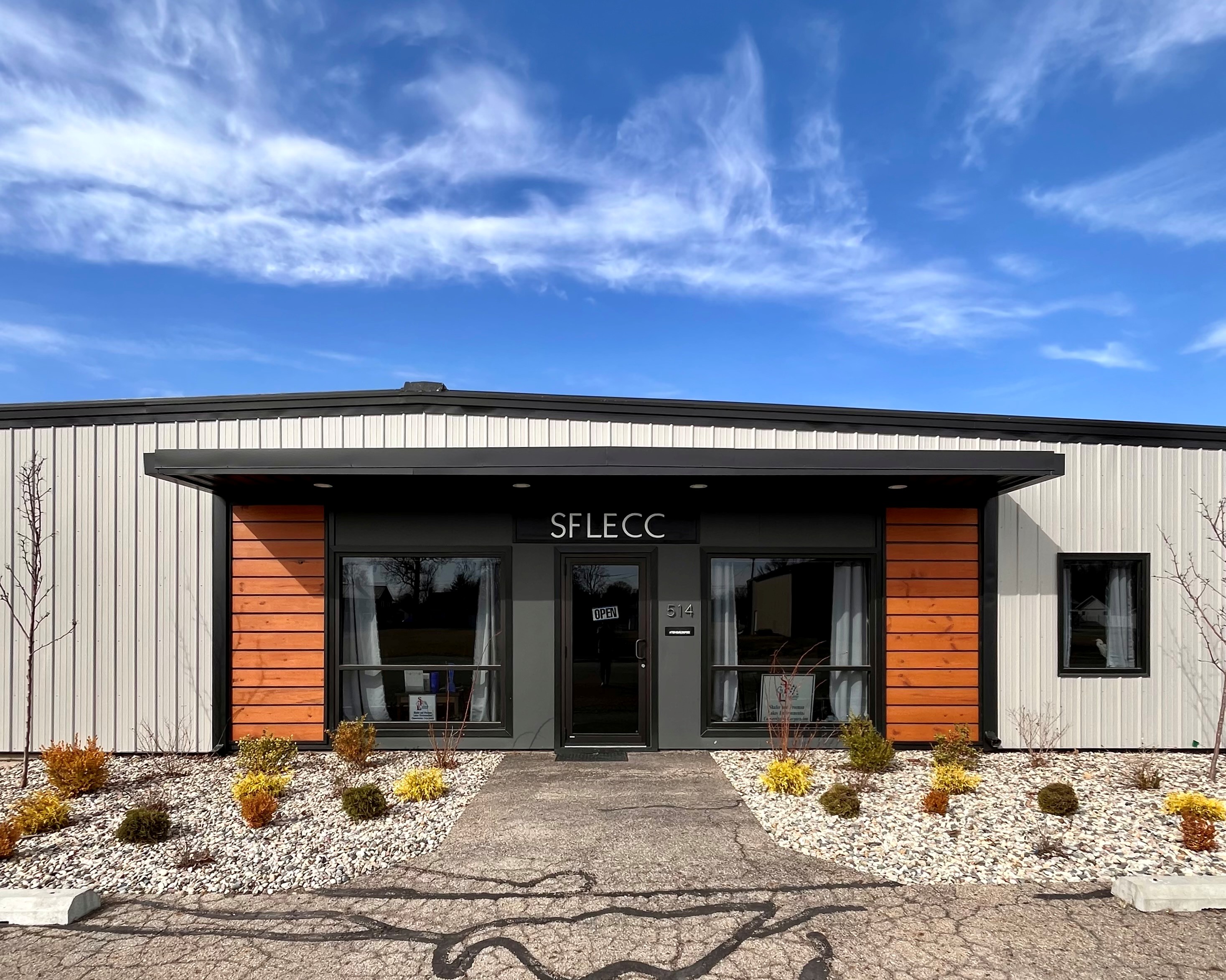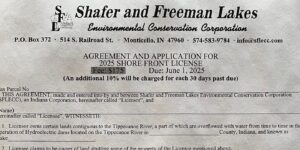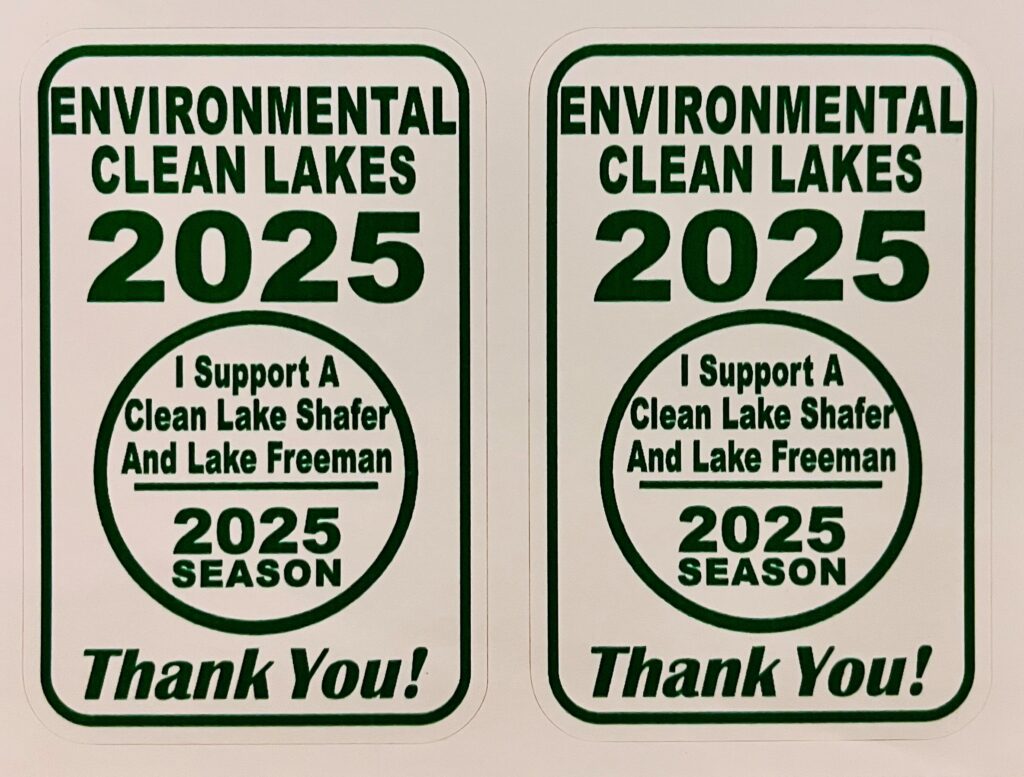The U.S. Fish and Wildlife Service (FWS) propose to amend portions of their regulations that implement section 4 of the Endangered Species Act of 1973, as amended (Act). The proposed revisions set forth a process for excluding areas of critical habitat under section 4(b)(2) of the Act, which mandates their consideration of the impacts of designating critical habitat and permits exclusions of particular areas following a discretionary exclusion analysis. They want to articulate clearly when and how FWS will undertake an exclusion analysis, including identifying a non-exhaustive list of categories of potential impacts for FWS to consider. The proposed rulemaking would respond to applicable Supreme Court case law, reflect agency experience, codify some current agency practices, and make some modifications to current agency practice. The intended effect of this proposed rule is to provide greater transparency and certainty for the public and stakeholders.
Time is of the essence! We urge everyone to submit a comment today! https://www.regulations.gov/document?D=FWS-HQ-ES-2019-0115-0001
Here’s a submitted comment from a Lake resident that may help shape yours: “As it pertains to the Tippecanoe River above Lake Shafer & below Lake Freeman, please acknowledge the lakes have been always run as run-of-the-river lakes, where the measured input of upstream water matches the output at the other end. Currently, the calculations are incorrect and Oakdale dam is being mandated to release more water than enters the dam system, causing the draining of Lake Freeman in historic amounts. When there is a drought, the rivers all slow and recede naturally. Artificially supplementing the water released to the lower Tippecanoe River will also eventually run out, but at a huge environmental impact to the natural habitats of the lakes. The thousands of dead mussels, turtles, crawdads in Lake Freeman is devastating. In addition to the environmental impacts to the Lake Freeman habitats, the sea walls around the lake have already started collapsing due to the lack of positive pressure that has always been present between the water & land. Homeowners were left unable to plan for removal & protection of their property in preparation for this extended draw down. This will ultimately cause property damage to frozen boats, damaged covers due to snow load. Boats are unable to be winterized due to lack of manpower and capacity at the local marinas. This is all due to a federal mandate based on flawed science. There has to be a better balance!”



